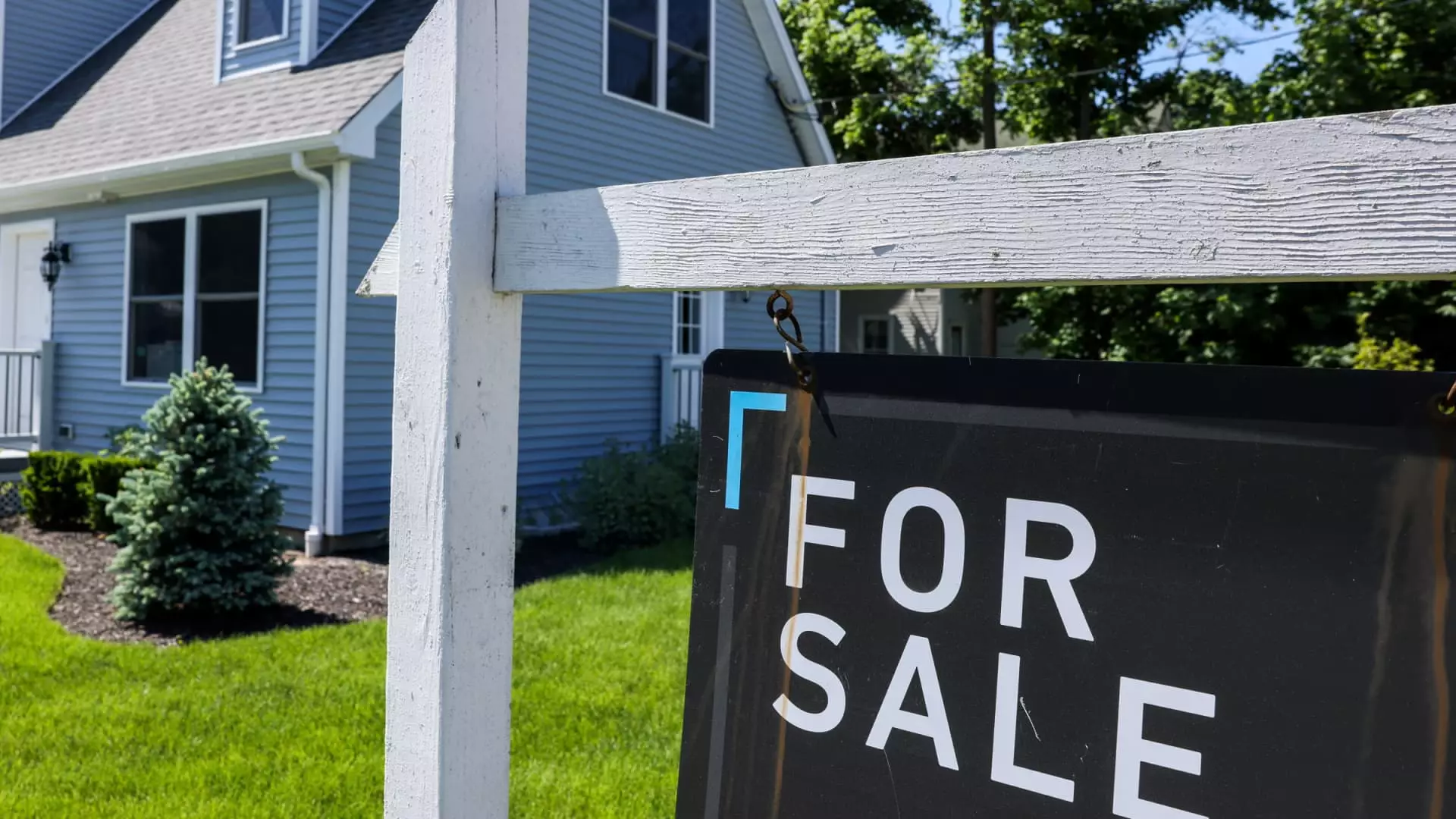In recent weeks, mortgage rates have experienced a slight decrease, which has, in turn, fueled an increased interest in refinancing among homeowners. According to the Mortgage Bankers Association (MBA), there has been a notable 10% rise in refinance applications this past week, marking an impressive 33% increase compared to the same period last year. This trend follows a previous week where refinance requests had already surged by 12%. The average interest rate for a 30-year fixed-rate mortgage has dipped from 6.97% to 6.95%, with points holding steady at 0.64%. This shift indicates a growing market potential for homeowners seeking to take advantage of favorable trends, despite fluctuating rates.
The data reveals that a significant proportion of homeowners—approximately 17%—are currently locked into mortgage rates at or above 6%, a statistic not seen since 2016. In a climate where rates are edging close to 7%, the ability to refinance becomes limited due to cost barriers, stifling larger segments of the market. However, as interest rates dip, those with existing mortgages appear more willing to react. Joel Kan, the MBA’s vice president and deputy chief economist, points out that an increase in average loan sizes among refinance applicants suggests that these borrowers are particularly engaged with how rate changes can impact their financial landscape.
While refinance applications have shown growth, applications for new home purchases have taken a downturn, declining by 2% week-over-week. Yet, when compared against the same week last year, this segment has fared better with a 2% increase in demand. This scenario illustrates an ongoing challenge for potential homebuyers in a market riddled with high prices and limited inventory, further complicating their decision-making process.
Interestingly, the average loan size for home purchase applications has witnessed a considerable jump, reflecting a shift toward higher-end properties. The current average stands at $456,100, a peak not reached since March 2022. Factors contributing to this dynamic include a noticeable reduction in Federal Housing Administration (FHA) purchase applications and a rise in Veteran Affairs (VA) loan requests. Such movements underscore changing buyer profiles as the market self-adjusts to current economic conditions and lending dynamics, creating a more segmented landscape.
As mortgage rates flirt with uncertainty, the latest surveys hint at a potential reversal, with rates inching up slightly at the week’s onset. Analysts are keeping a wary eye on upcoming critical inflation data, particularly the consumer price index, which is expected to reveal more about the underlying economic health. Matthew Graham, the chief operating officer at Mortgage News Daily, articulates the collective apprehension surrounding these inflation statistics, suggesting that the unpredictability of early-year data could pose challenges for future forecasts. The real estate market stands at a crossroads, waiting for clarity that could dictate its next phase.
While the recent dip in mortgage rates has catalyzed a surge in refinancing activity, new home purchase applications are contending with a range of economic factors. As the market adapts, understanding these trends will be crucial for both borrowers and lenders in navigating this intricate landscape.

Leave a Reply